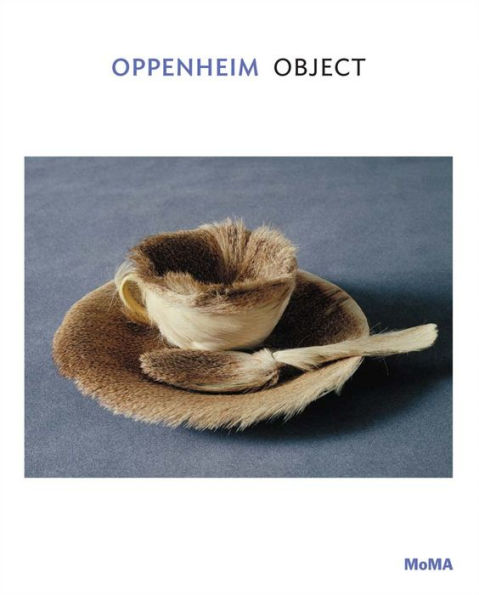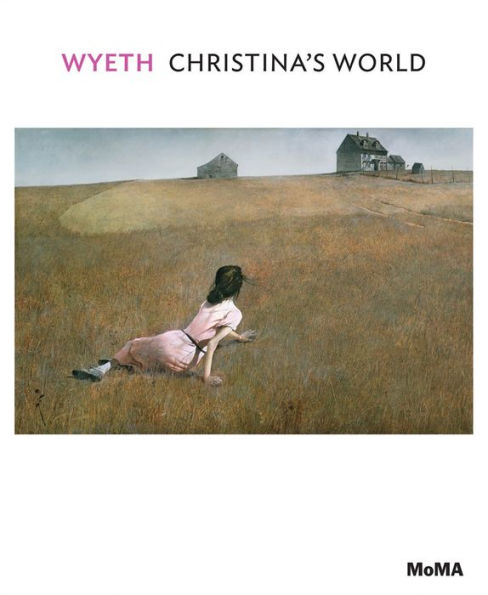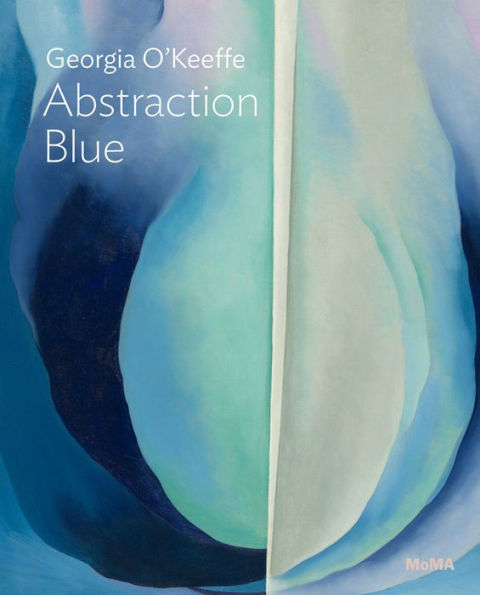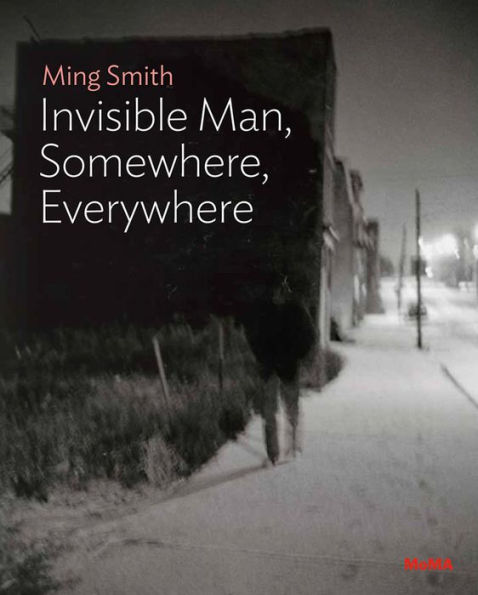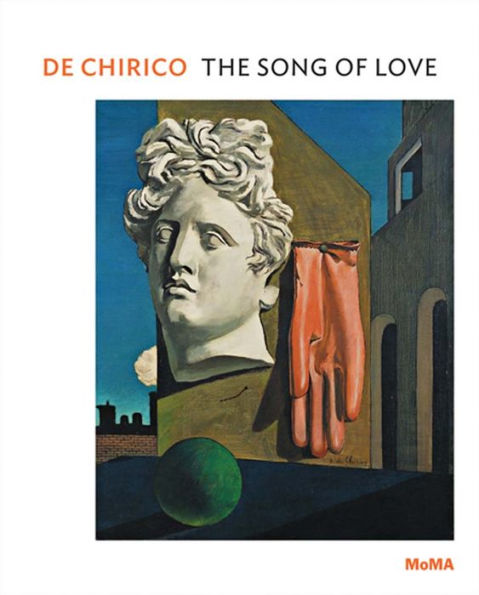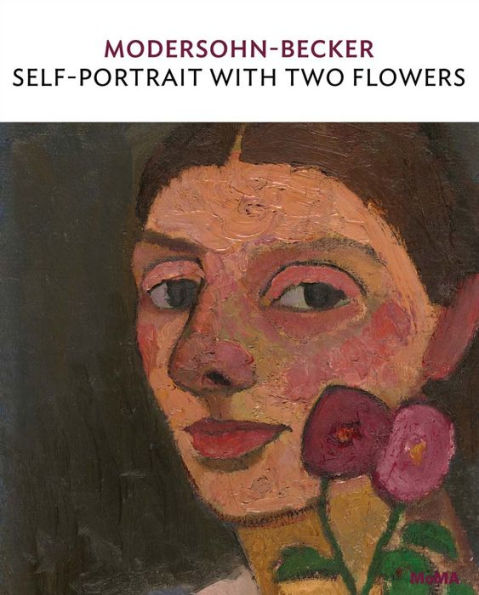Home
Tarsila do Amaral: The Moon: MoMA One on One Series
Barnes and Noble
Loading Inventory...
Tarsila do Amaral: The Moon: MoMA One on One Series in Franklin, TN
Current price: $14.95

Barnes and Noble
Tarsila do Amaral: The Moon: MoMA One on One Series in Franklin, TN
Current price: $14.95
Loading Inventory...
Size: OS
How Tarsila do Amaral forged the beginnings of a unique modernist vocabulary in Brazil
Tarsila do Amaral's (1886-1973) painting
The Moon
(1928), a highly stylized, desolate nocturne, grew from the artist's desire to create a new national form of expression for Brazil. In
and other paintings of the late 1920s, do Amaral successfully "cannibalized" modern European painting and Brazilian popular culture and Indigenous lore to transform them into something new. In this volume of the MoMA One on One series, curator Beverly Adams investigates do Amaral's unique negotiation of her Brazilian identity and the contemporary innovations of Europe, a balancing act on which she built a modern art for her country.
Tarsila do Amaral's (1886-1973) painting
The Moon
(1928), a highly stylized, desolate nocturne, grew from the artist's desire to create a new national form of expression for Brazil. In
and other paintings of the late 1920s, do Amaral successfully "cannibalized" modern European painting and Brazilian popular culture and Indigenous lore to transform them into something new. In this volume of the MoMA One on One series, curator Beverly Adams investigates do Amaral's unique negotiation of her Brazilian identity and the contemporary innovations of Europe, a balancing act on which she built a modern art for her country.
How Tarsila do Amaral forged the beginnings of a unique modernist vocabulary in Brazil
Tarsila do Amaral's (1886-1973) painting
The Moon
(1928), a highly stylized, desolate nocturne, grew from the artist's desire to create a new national form of expression for Brazil. In
and other paintings of the late 1920s, do Amaral successfully "cannibalized" modern European painting and Brazilian popular culture and Indigenous lore to transform them into something new. In this volume of the MoMA One on One series, curator Beverly Adams investigates do Amaral's unique negotiation of her Brazilian identity and the contemporary innovations of Europe, a balancing act on which she built a modern art for her country.
Tarsila do Amaral's (1886-1973) painting
The Moon
(1928), a highly stylized, desolate nocturne, grew from the artist's desire to create a new national form of expression for Brazil. In
and other paintings of the late 1920s, do Amaral successfully "cannibalized" modern European painting and Brazilian popular culture and Indigenous lore to transform them into something new. In this volume of the MoMA One on One series, curator Beverly Adams investigates do Amaral's unique negotiation of her Brazilian identity and the contemporary innovations of Europe, a balancing act on which she built a modern art for her country.


